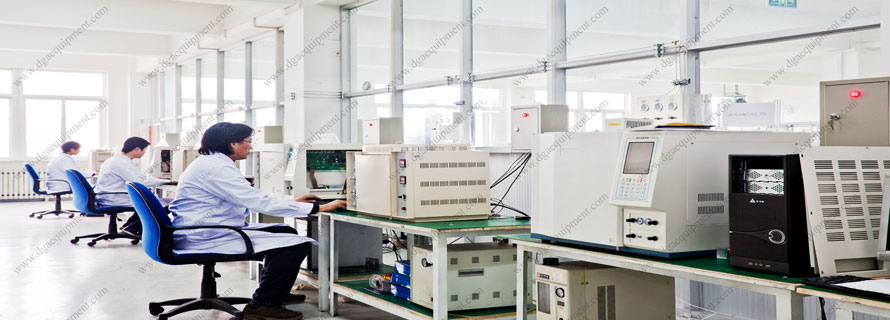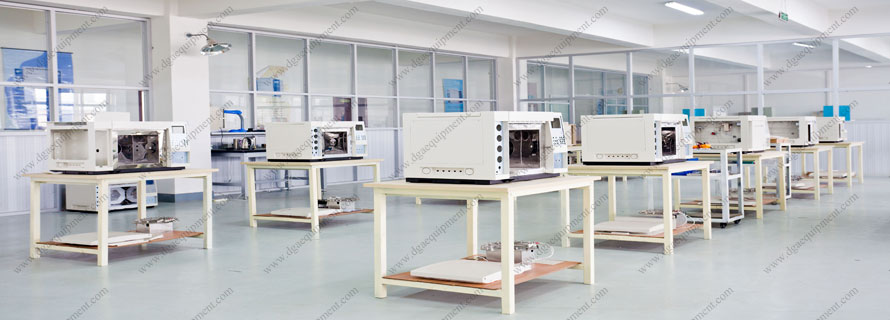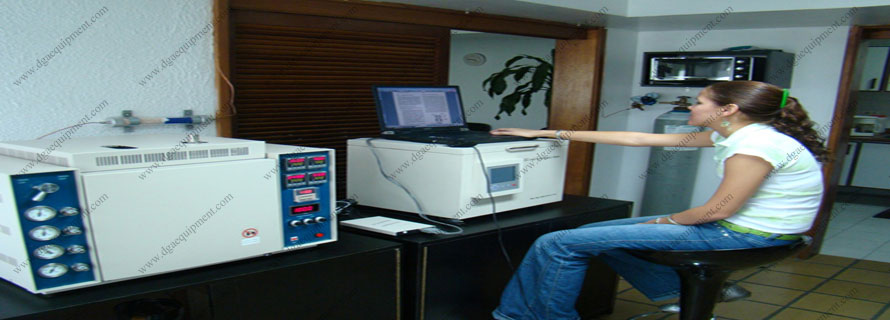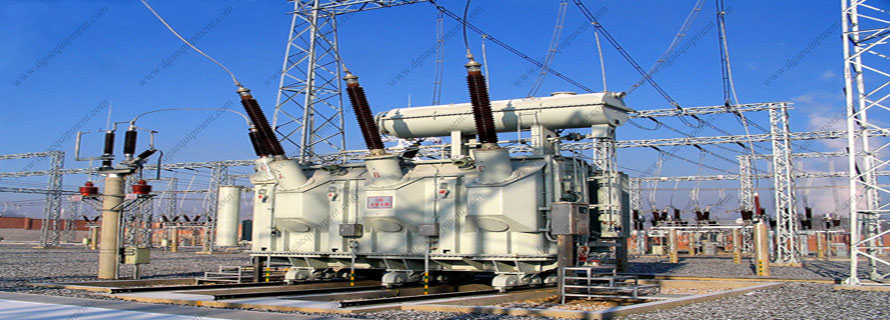1. Scope
1.1 This test method covers the ability of turbine, hydraulic, and gear oils to separate entrained air.
NOTE 1 - This test method was developed for mineral based oils. It may be used for some synthetic fluids; however, thep recision statement applies only to petroleum oils.
1.2 This standard does not purport to address all of the safety concerns, if any, associated with its use. It is the responsibility of the user of this standard to establish appropriate safety and health practices and determine the applicability of regulatory limitations prior to use.
2. ReferencedDocuments
2.1 ASTMStandards:
D1193 Specification for Reagent Water
D1401 Test Method for Water Separability of Petroleum Oils and Synthetic Fluids
E1 Specification for ASTM Liquid-in-Glass Thermometers
2.2 DINStandard:
DIN 51 381
3. Terminology
3.1 Definitions of Terms Specific to This Standard:
3.1.1 air release time, n-the number of minutes needed for air entrained in the oil to reduce in volume to 0.2% under the conditions of this test and at the specified temperature.
4. Summary of Test Method
4.1 Compressed air is blown through the test oil, which has been heated to a temperature of 25, 50, or 75°C. After the air flow is stopped, the time required for the air entrained in the oil toreduce in volume to 0.2% is recorded as the air release time.
NOTE 2 - By agreement between the customer and the laboratory, the oil may be heated at othert emperatures. However, the precision at these different temperatures is not known at present.
5. Significance and Use
5.1 Agitation of lubricating oil with air in equipment, such as bearings, couplings, gears, pumps, and oil return lines, may produce a dispersion of finely divided air bubbles in the oil. If the residence time in the reservoir is too short to allow the air bubbles to rise to the oil surface, a mixture of air and oil will circulate through the lubricating oil system. This may result in an inability to maintain oil pressure (particularly with centrifugal pumps), incomplete oil films in bearings and gears, and poor hydraulic system performance or failure.
5.2 This test method measures the time for the entrained air content to fall to the relatively low value of 0.2% volume under a standardized set of test conditions and hence permits the comparison of the ability of oils to separate entrained air under conditions where a separation time is available. The significance of this test method has not been fully established. However, entrained air can cause sponginess and lack of sensitivity of the control of turbine and hydraulic ystems. This test may not be suitable for ranking oils in applications where residence times are short and gas contents are high.



